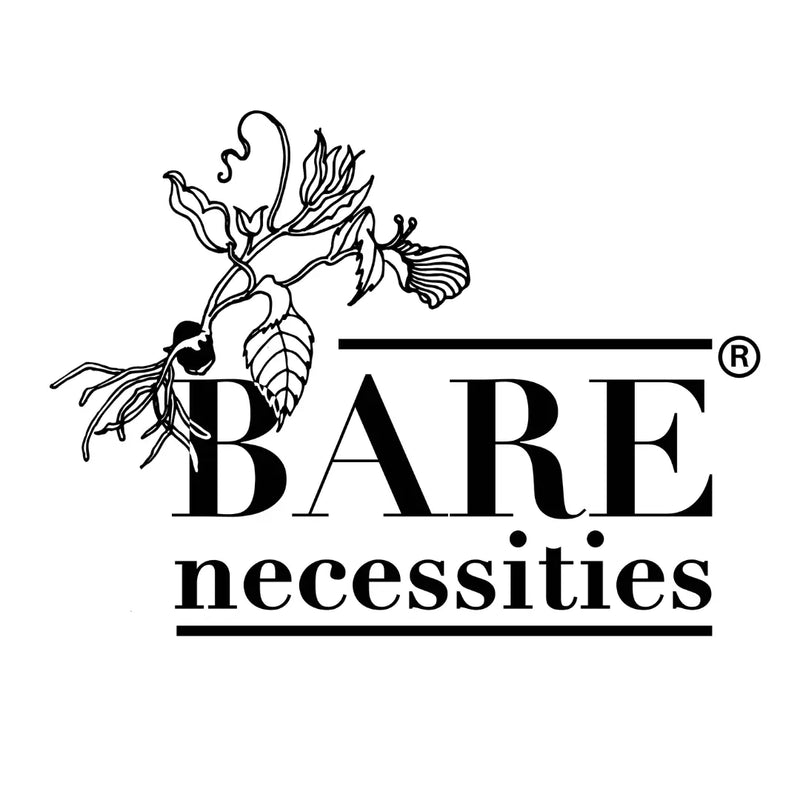Microplastics in your bathroom!

Is there plastic in your bathroom? Salt in your toothpaste? (Get the reference? Haha, we’ll stop) Confused? Let’s start with the basics first. We’re all aware of the big plastic bottles our shampoos, face washes, scrubs and other toiletries come in, right? What about the products themselves? They’re just supposed to strengthen, detoxify, balance your pH levels and all that good stuff, right? Quite often, a lot of these products contain another ingredient you may have missed out on - microplastics.
You must have seen this term being thrown around a lot, especially when talking about marine pollution and the damage being done to the aquatic animals. What is it really, though? As the name suggests, it is literally any kind of miniature plastic fragment; that is less than 5 mm in length. In our bathroom products, they’re more specifically called bead-like products, owing to their beaded structure.
Owing to this minuscule size, it’s close to impossible to filter them out by waste treatment plants and attract waterborne toxins and bacteria that stick to their surfaces.
Due to their food-like appearance, they are ingested by fish, amphibians, insect, larvae and other marine life, blocking digestive tracts and causing physical problems. We’ve all seen the rather disturbing images of plastic rings around the necks of turtles and ducks, haven’t we? With the 8 million tonnes of plastic entering the oceans each year, we can’t expect much else.
Does this mean that us humans are ingesting plastic as well, through our diet? Scientists have found that these particles do not enter the muscle tissue of animals, which is the part that humans consume; and even if consumed, is negligible.
Nonetheless, if there’s anything this pandemic has taught us, is that in an ecosystem, everybody gets affected one way or the other.
A recent study found microplastic particles in human excreta, implying it can leach chemicals into the body while moving along and can even damage the gut. Additionally, plastic often attracts pollutants from our environment, which when ingested through food and water, enters our body.
That’s enough knowledge to stop us in our tracks, isn’t it? So how can we eliminate the use of the literal pocket rockets? Going to back to where we started - the bathroom.
A single shower can result in 100,000 plastic particles entering the ocean! Shifting to products that contain no plastic element in them is a great place to start. Look for ingredients like Polyethylene and Polypropylene, which are among the are among the most commonly used plastics in scrubs, shower gels, toothpaste and more. Some products containing minute forms of Polyethylene Terephthalate (PET) or Nylon have also been proven to cause a similar effect.
To help the cause, several countries have pledged to ban or minimise, at the least, the use of microbeads across several industries. Movements like the Microbead-Free Waters Act of 2015 have largely helped the cause. India, too, has pledged to restrict their use by 2020.
As Martin Dorey, the writer says, “We need to free ourselves from the tyranny of convenience.”
Government efforts in conjunction with the personal changes we all make in our lifestyles are the best way to curb the far-reaching effects of this particle. As the legend, Micheal Jackson used to say, “Let’s bead it!” (Well, not literally. But you get the point)
Written by: Reshma Bhat
